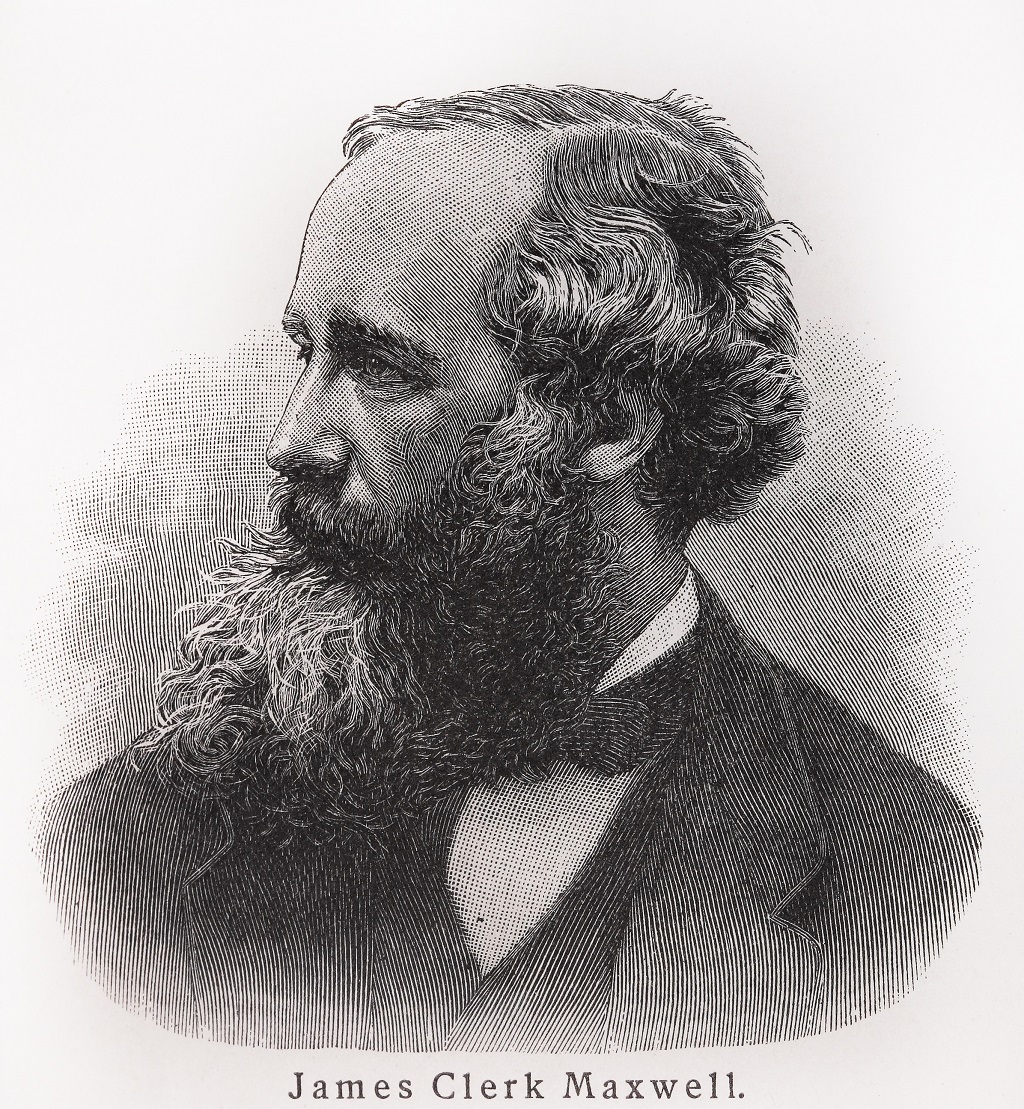James Clerk Maxwell is one of the most influential scientists of all time, but few realise he spent some of his most formative years in Scotland.
Maxwell, whose work led to the development of television, mobile phones, radio and infrared telescopes, was chair of Natural Philosophy at Aberdeen’s Marischal College from 1856 to 1860, where he solved a problem that had been puzzling scientists for more than 200 years: the nature of Saturn’s rings.
It was a mystery to the science community at the time that Saturn’s rings did not crash, break or move away from the planet. After two years of studying the formation of the rings, Maxwell concluded that they comprised of myriad
small solid particles which independently orbited Saturn.
His many years of research into the matter were detailed in his essay On the stability of the motion of Saturn’s rings
which in 1859 won the Adams Prize.
Maxwell’s conclusions were confirmed by the Voyager, a space probe launched by NASA nearly 100 years later in 1980.
At only 25, the Edinburgh-born scientist was at least 15 years younger than the other professors at the college. He devised the syllabus, prepared lectures and taught 15 hours a week, including a weekly pro-bono lecture for the local working men’s college.
His summers were spent in Dumfries and Galloway at Glenair, the family home he had inherited from his father.
Maxwell befriended the principal of Marischal, Reverend Daniel Dewer, and became engaged to his daughter Katherine Mary Dewar, who he married in June 1858.
Katherine was seven years Maxwell’s senior and not much is known of her, other than the fact that she helped him out in his lab, working on experiments in viscosity.

James Clerk Maxwell
Their relationship was also one of ‘unexampled devotion’ according to Maxwell’s biographer Lewis Campbell.
A few years later the college merged with another local college to create the University of Aberdeen, which left only one job for a professor of Natural Philosophy and despite his reputation at the time, Maxwell lost his job and moved to London with his wife.
The years to follow were some of the most influential and inspiring of Maxwell’s career, including his most notable achievement: the formulation of the theory of electromagnetic radiation, bringing electricity, magnetism and light together for the first time as manifestations of the same phenomenon.
Maxwell’s Equations were considered the second great unification in physics after the first one realised by Sir Isaac Newton. His work also laid the foundations for the revolutionary theory of special relativity by Albert Einstein, who said, ‘The work of James Clerk Maxwell changed the world forever’.
Today there is a statue of Maxwell on Edinburgh’s George Street but sadly many people walk past it with no idea to whom it pays tribute.
The next time you take a photograph, use your mobile phone or switch on the radio, spare a thought for ‘Scotland’s Forgotten Einstein’ without whom these technologies we take for granted may not exist.
TAGS

